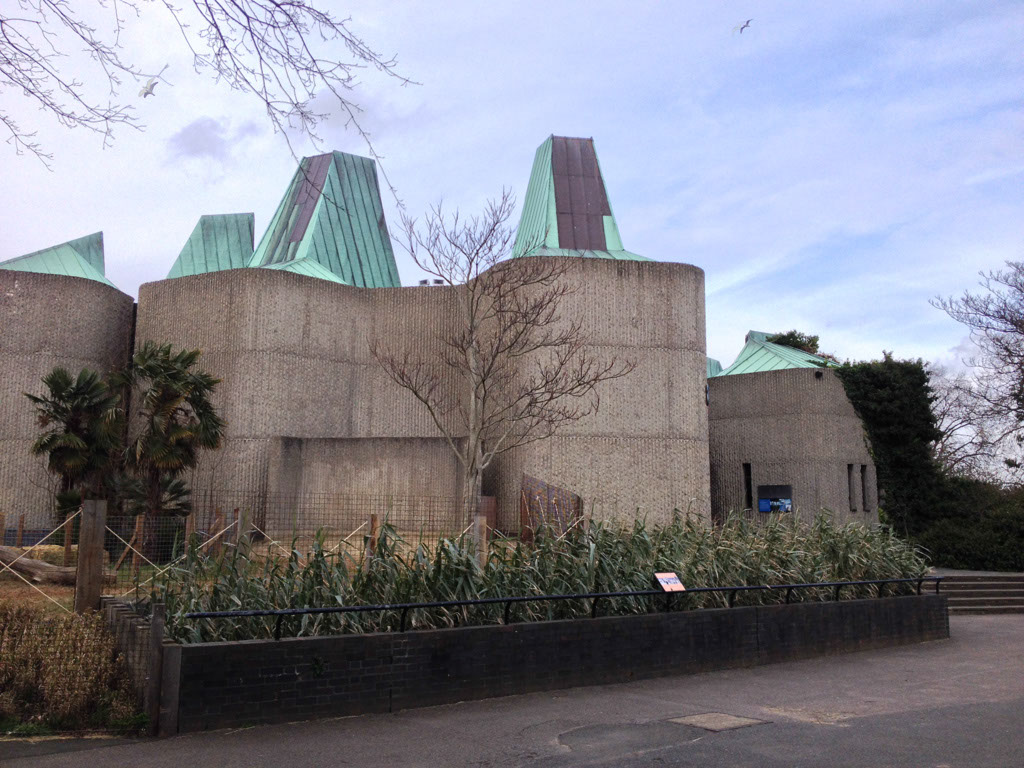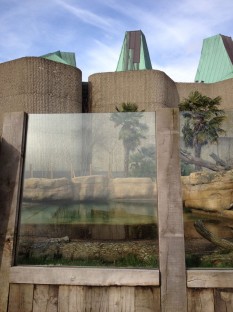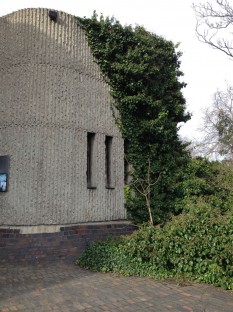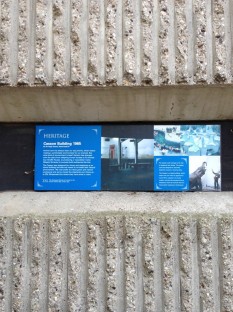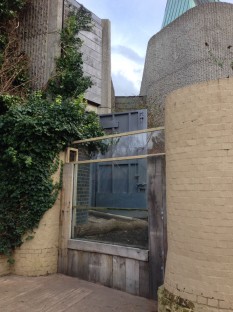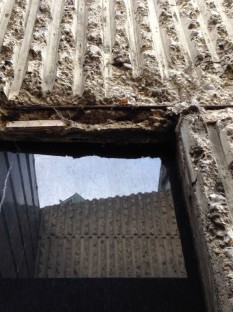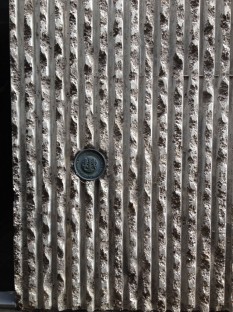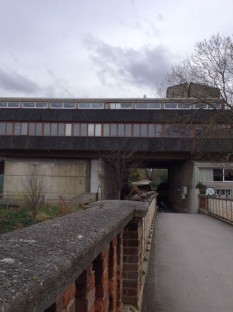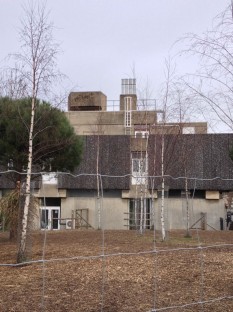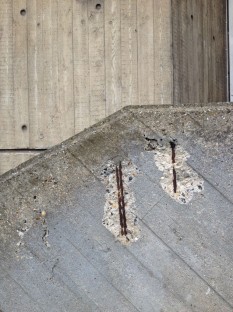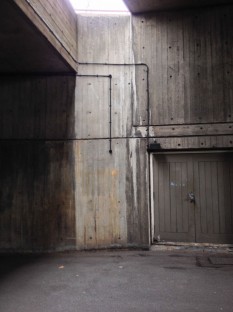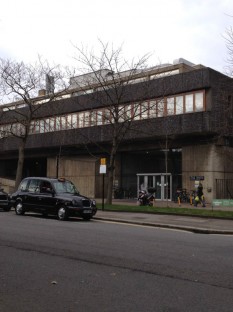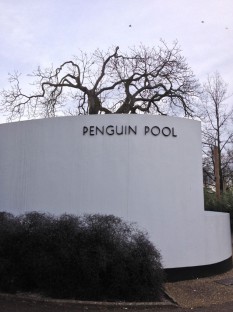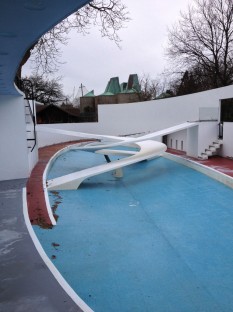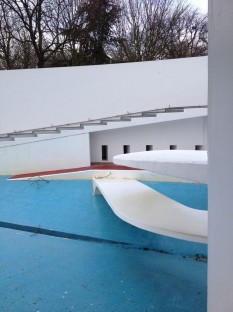Looking through one of my primary sources, Modern British Architecture since 1945 (published 1983), coupled with a somewhat disheartening trip to the London Zoo, I can’t help but remark at the slowness of architecture or at least it seems many of these buildings are just struggling to keep up. Walking through the zoo and seeing the “heritage” plaques marking yet another disused building that failed to remain an adequate habitat for its animal occupants – these buildings sat like stilted masses.
Their listed status prevented the zoo from demolishing them but it meant that they remained vacant in many cases – a ruddy backdrop against which the displaced animals rummaged about. Though it’s tempting to make some sort of leap about the inadequacy of the rough concrete buildings their animal inhabitants and the longer drawn out rejection of the concrete buildings for their bipedal residents, I think that’s a false step. In a way, the pairing of the Alexandra Road Estate and the London Zoo was a good deterrent to that rather simplistic conclusion.
London Zoo | Casson Pavillion (Sir Hugh Casson, Neville Conder and Partners, 1962-9) Grade II Listed
London Zoo | ZSL Meeting Rooms & Nuffield Building (Llewelyn-Davies, Weeks and Musgrave, 1964-1965)
London Zoo | Penguin Pool (Tecton – Berthold Lubetkin, 1934) Grade I Listed
RELEVANT LINKS
http://www.bbc.co.uk/learningzone/clips/a-modernistic-approach-to-design-at-london-zoo/6426.html
http://www.zsl.org/about-us/history/zoo-architecture,103,AR.html
http://www.vam.ac.uk/users/node/4253

